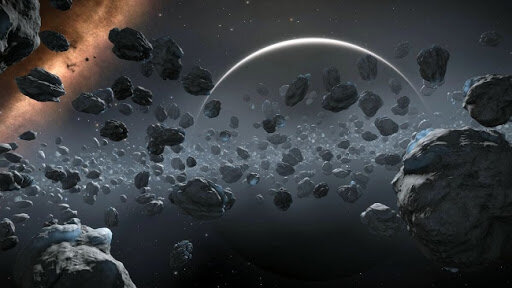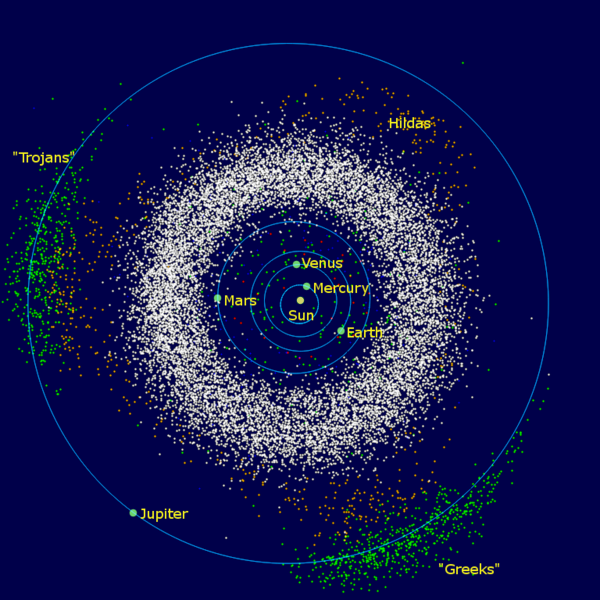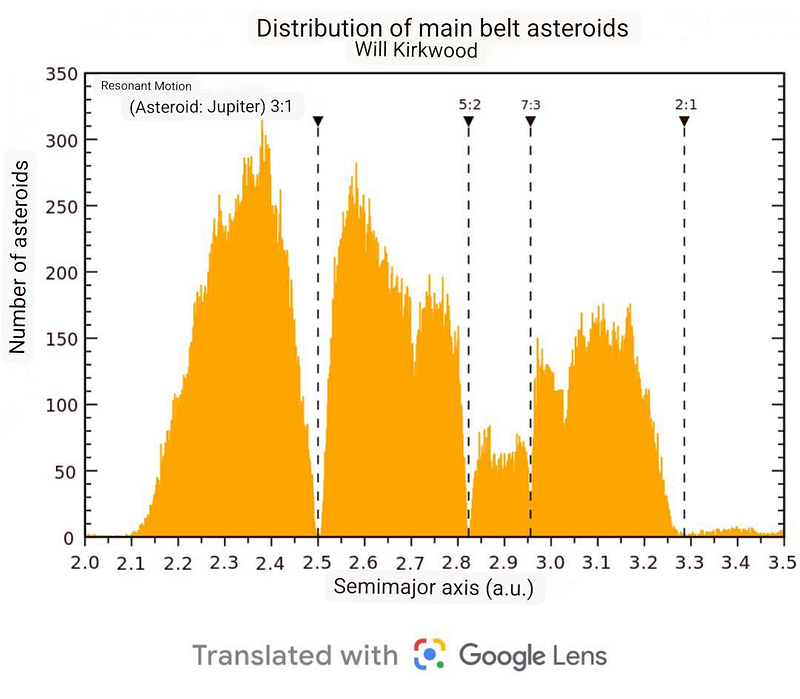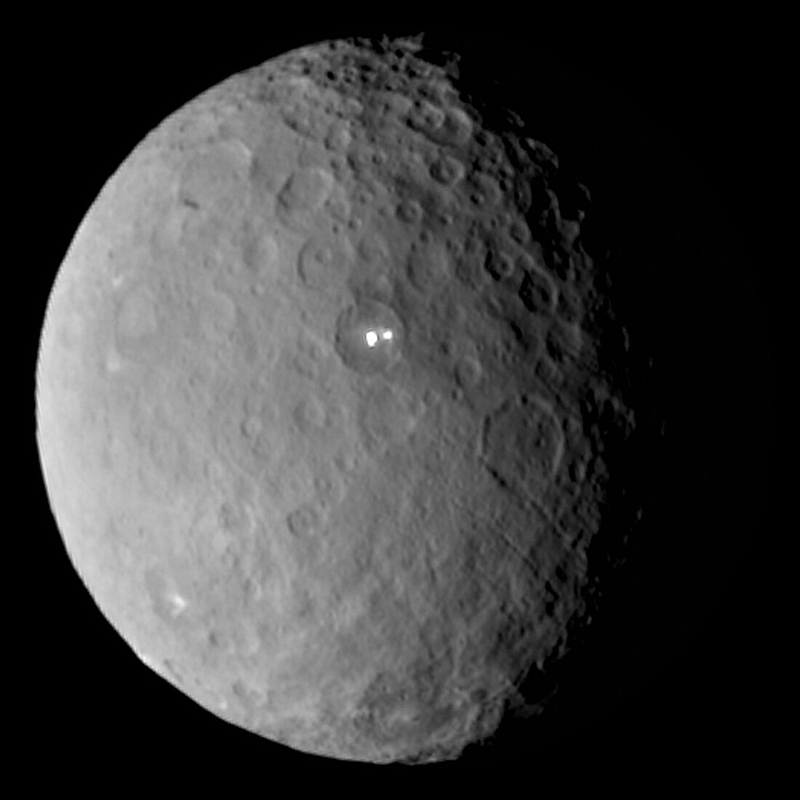Exploring the Possibility of Asteroids Forming a Planet
Written on
Chapter 1: The Asteroid Belt's Origins
Could asteroids in the asteroid belt come together to create a planet? This intriguing question was posed by one of our readers. Historically, it has been suggested that a planet named Phaeton existed between Mars and Jupiter before its destruction. Currently, numerous asteroids populate that region. Is there a chance they might unite to form a new planet? Let's delve into this topic.
It’s important to clarify that the theory of a former planet existing between Mars and Jupiter is not supported by contemporary scientific evidence and is largely dismissed by researchers.

Modern science indicates that the asteroid belt is composed of remnants from the protoplanetary disk from which the Solar System's planets originated. Essentially, this belt is not made up of fragments from a destroyed planet, but rather consists of materials that never fully formed into a planet.

If one were to capture a photograph from a certain angle and scale, the only celestial bodies visible would be the Sun, Jupiter, and possibly Earth and Venus. The gravitational pull from Jupiter and other massive planets has significantly impeded the formation of any planet in this belt. The gravity exerted by Jupiter caused the planetesimals in the belt to either collide, resulting in their fragmentation, or gain enough speed to escape the belt altogether.
Calculations suggest that the mass of the asteroid belt was considerably greater in its early history. Estimates indicate that the current asteroids comprise less than 7% of the belt's original mass.

Most of the material was expelled from the belt by the gravitational influence of giant planets, primarily Jupiter. Today, we can observe vast regions within the asteroid belt that are almost devoid of asteroids, known as Kirkwood gaps.
Returning to our initial question, the likelihood of a planet forming naturally from the asteroid belt's materials is exceedingly low. If such an occurrence were possible, it would have likely happened over the past 4.5 billion years. The absence of this formation during the early stages of the Solar System, when material was more abundant in the belt, supports this conclusion.

However, if a hypothetical scenario were to arise where all asteroids in the belt could be artificially combined to form a single celestial body, this new formation would likely be classified as a minor planet. The total mass of such a body would be approximately 4% that of the Moon, and its diameter would be around 1500 kilometers—roughly one and a half times the size of Ceres, the largest object in the asteroid belt.
Whether this new entity would be officially recognized as a planet is still a matter of debate. It would likely meet the criteria for planetary status, as it would orbit the Sun, maintain a spherical shape due to its own gravity, and have cleared its orbit of other significant bodies.
The first video titled "Why Won't the Asteroid Belt Become a Planet?" explores the factors preventing the asteroids from coalescing into a single planetary body.
The second video, "Was Our Asteroid Belt Once A Planet? #AskDNews," investigates the historical context surrounding the asteroid belt and discusses whether it could have ever formed a planet.
If you're interested in more content about space, feel free to clap for this article! Also, consider subscribing to our channel and submitting your questions, which I will address in upcoming articles. If you appreciate my work, you can support me by joining the medium for just $5 per month, helping us create even better content.